The Bat and Ball
Early cricket (before 1799)
Experts agree that cricket may have been invented during the Saxon or Norman period by children living in the Weald, an area of dense woods and clearings in south-east England.
The first reference found in 1611
The first reference to cricket being played as an adult sport was in 1611, and in the same year, a dictionary defined cricket as a boy’s game. It is also believed that cricket may have originated from bogey, in which the batsman tried to stop the ball from reaching its target by hitting it away.
County Teams Formed 1709
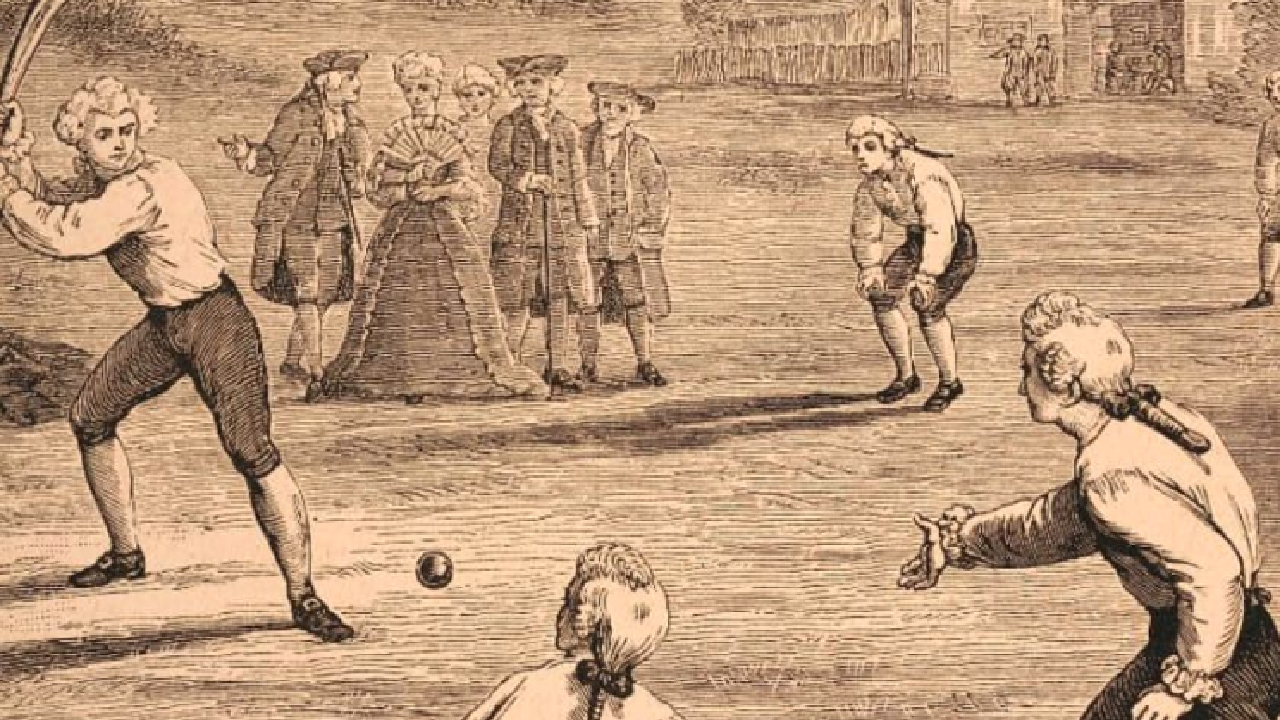
Rural cricket had developed by the mid-17th century, and the first English “county teams” were formed in the latter part of the century, as “local experts” of rural cricket were appointed as early professionals. The first known game in which teams used county names was in 1709.
Contribution of England
In the first half of the 18th century, cricket established itself as a major sport in London and the southeastern counties of England. Its spread was limited due to travel constraints, but it was slowly becoming popular in other parts of England and women’s cricket began in 1745, when the first known match was played in Surrey.
When rules and regulations were made:
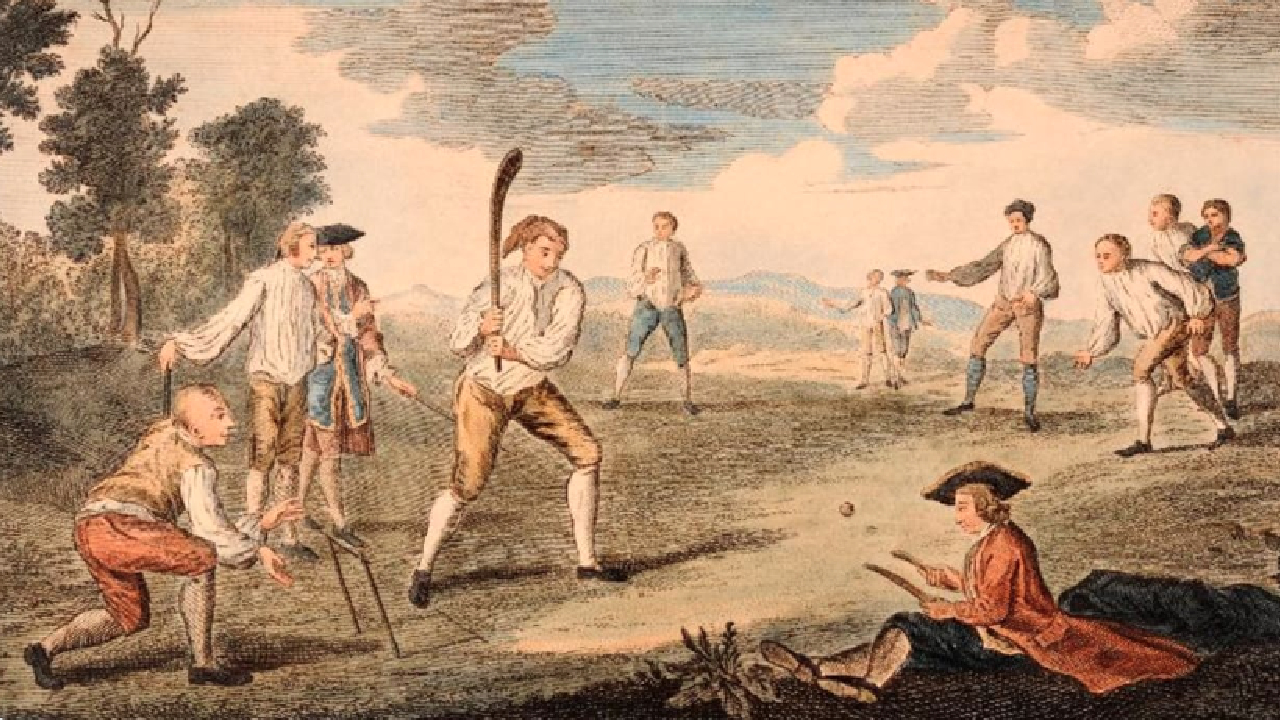
In 1744, the first rules of cricket were written and later revised in 1774, when innovations such as LBW, third stump, – middle stump, and maximum bat width were added. The codes were drawn up by the “Star and Garter Club”, whose members eventually founded the famous Marylebone Cricket Club at Lord’s in 1787. The MCC immediately became the custodian of the rules and has continued to revise them ever since.
Rolling ball to pitch Great
Rolling the ball on the ground was replaced sometime after 1760 when bowlers began to pitch the ball, and in response to that innovation, the straight bat replaced the old “hockey stick” style bat. The Hambledon Club in Hampshire remained the focal point of the game for nearly thirty years, until the formation of the MCC and the opening of Lord’s Cricket Ground in 1787.
introduced in North America
Cricket was introduced to North America through the English colonies in the early 17th century and reached other parts of the world in the 18th century. It was introduced to the West Indies by colonists and to India by British East India Company sailors. It arrived in Australia as colonisation began in 1788, and the game reached New Zealand and South Africa in the early years of the 19th century.
19th-century cricket
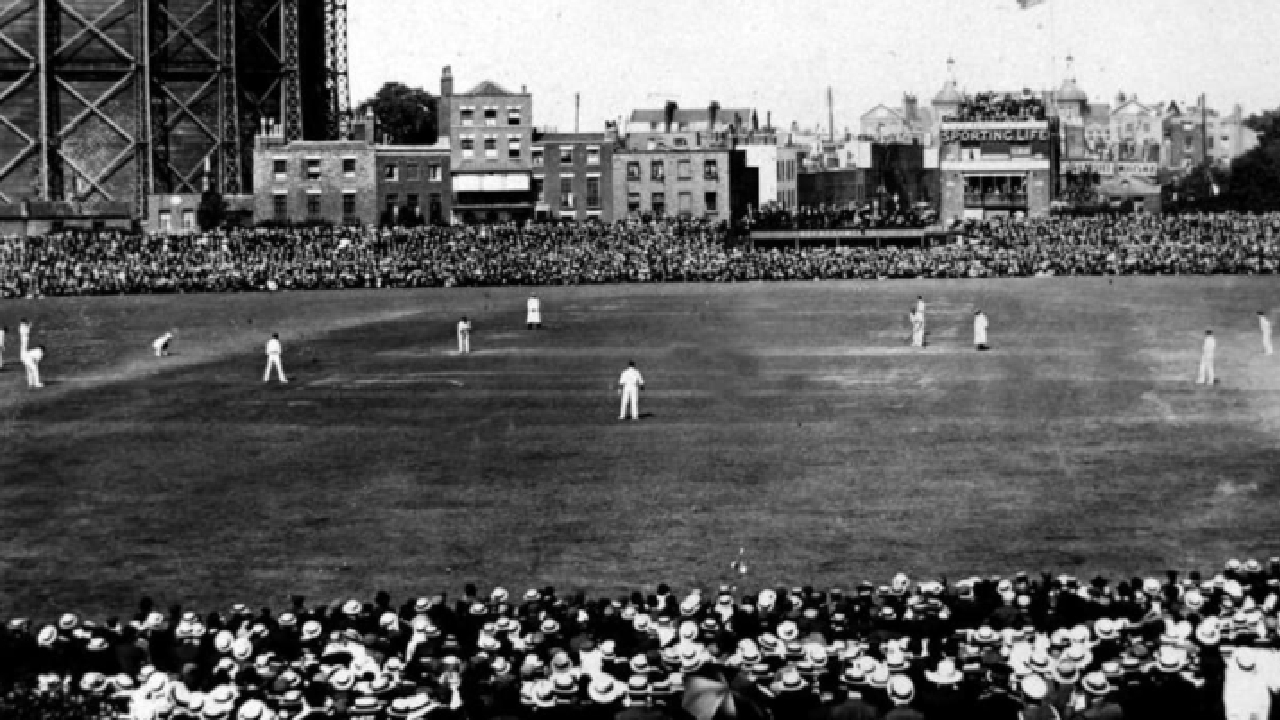
The lack of investment in the early 19th century caused by the Napoleonic Wars led to a decline in the game, and a reformation began in 1815. Sussex was the first English county club to be formed in 1839, and the rest of the clubs followed suit by the end of the 19th century. In 1846, a travelling “All-England Eleven” was set up as a commercial venture, which greatly helped spread the game to areas that had never seen top-class cricket before.
Role of railway network in spreading the Cricket
The development of the railway network also helped the spread of cricket as teams from far away could play each other without losing time. Not only this, but spectators could travel long distances to matches, increasing the size of crowds. British army units around the world encouraged locals to play, increasing the number of teams across the old British Empire.
Women Cricket
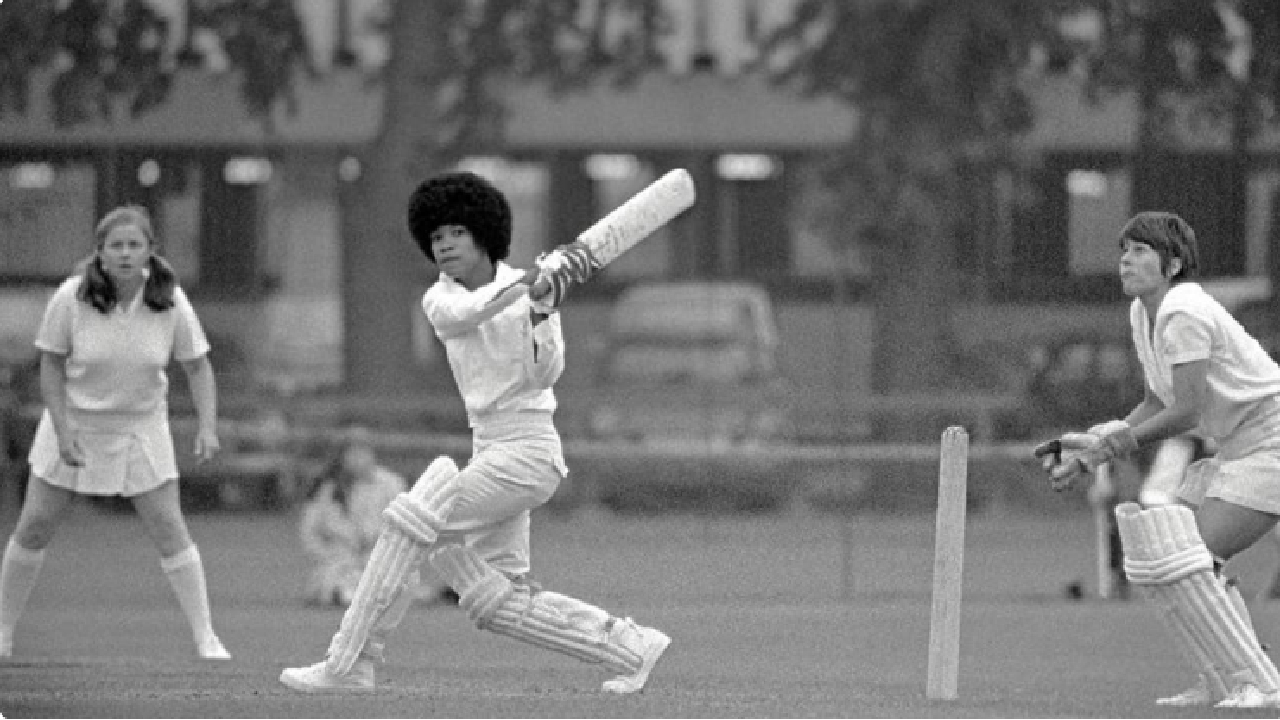
Women’s cricket played an important role in the development of the game in the 19th century and the first women’s county match was played in 1811. Women’s matches were often played in front of large crowds, especially in the south of England and the first women’s teams in Australia began playing the game in the 1890s.
Over Arm Bowling
Overarm bowling was legalised in 1864, and 1864 also saw the first publication of Wisden Cricketers’ Almanack, which continues to this day. In the same year, W.G. Grace began his long and influential career, which contributed greatly to the rise of cricket’s popularity.
First International Cricket
The first international cricket game was played between the USA and Canada at St George’s Cricket Club in New York in 1844 and in 1859 a team of leading English professionals visited North America on the first overseas tour. In 1862 the first English team visited Australia and six years later a team of Australian Aborigines visited England, the first Australian cricket team to travel overseas.
First Test Matches
In 1877, an England team in Australia played two matches against a full Australian XI, now regarded as the first Test matches.
The following year, the Australian team toured England for the first time, and the success of this tour ensured popular demand for similar ventures in the future.
At the Oval in 1882, a tense Australian victory in a lopsided finish gave the Ashes back. This was followed in 1889 by South Africa becoming the third Test nation.
The official County Championship was formed in England in 1890. The Currie Cup began in South Africa in 1889–90, and the Sheffield Shield in Australia three years later. The period from 1890 to the outbreak of World War I is called the “Golden Age of Cricket” as it included many great names such as Grace, Wilfred Rhodes, C.B. Fry, Ranjitsinhji, and Victor Trumper.
20th-century cricket: how countries become members of cricket
Only England, Australia, and South Africa were members till 1909. However, the West Indies in 1928, New Zealand in 1930, and India in 1932 became Test nations before the Second World War, and Pakistan (1952) soon afterward.
Cricket’s popularity in these countries boomed with the advent of Test cricket, and domestic competitions gradually became more formal, with the West Indies creating an island-based first-class competition, New Zealand continuing its Plunket Shield in 1906, India introducing the Ranji Trophy in 1934, and Pakistan establishing the Quaid-i-Azam Trophy in 1953.
Women’s Cricket
Women’s cricket also took its first significant international steps in the early 20th century, and the first Test match was played in 1934 between England and Australia.
The establishment of the International Women’s Cricket Council in 1958 (which merged into the ICC in 2005) further developed the women’s game, and the first Cricket World Cup of any kind took place in 1973.
Women’s World Cup
The Women’s World Cup was hosted by England, who won the first cup under captain Rachel Heyhoe-Flint.
After a post-war boom, the 1950s saw slower games and lower numbers of runs, and this defensive nature of county cricket gradually led to a decline in spectator numbers.
In response, in 1963, English county teams began playing a version of cricket that consisted of only one inning each and a maximum number of overs in each inning. Limited-overs cricket grew in popularity, and a national league was created in 1969, resulting in a reduction in the number of matches in the County Championship.
In 1970, South Africa was suspended indefinitely from international cricket competition due to apartheid and therefore deprived of top-level competition, The South African Cricket Board began funding so-called “rebel tours” for international players to form teams and tour South Africa. Rebel tours continued through the 1980s but when it became clear that apartheid was coming to an end, South Africa was welcomed back into the international game in 1991.
South Africa played in the 1992 World Cup and played their ‘comeback’ Test match against the West Indies in Barbados in April immediately afterwards.
Over limitation
The first limited-overs international took place in 1971 at the Melbourne Cricket Ground as a time-filler after a Test match had been abandoned due to heavy rain on the opening day.
It was the first Cricket World Cup
The International Cricket Conference (as it was then) reacted to this development by organising the first men’s Cricket World Cup in England in 1975, attended by all the Test-playing nations of the time and won by the West Indies in the final at Lord’s. In 1977, Kerry Packer involved many of the world’s best players in a privately run cricket league outside the framework of international cricket.
World Series Cricket hired some of the banned South African players and allowed them to show their skills in the international arena against other world-class players. It only lasted two years, but the long-term results of World Series Cricket included a significant increase in player salaries and innovations such as coloured kits and night games. Very soon, many of these innovations were incorporated into international cricket as well.
The success of the first World Cup was so great that it was decided that it would become a regular part of the calendar and further Cricket World Cups were held in England in year 1979 and year 1983, before the tournament moved to India and Pakistan in year 1987,
which was the last event to be played using a red ball with white clothing. A new era of World Cup cricket began in 1992 with the use of floodlights, coloured clothing, and a white ball.
In 1992, the use of a third umpire to decide run-out appeals with television replays was introduced for the first time in a Test series between South Africa and India. The duties of the third umpire have subsequently been extended to adjudicate on other aspects of the game such as stumpings, catches and boundaries.
The international game continued to grow and many ICC Associate and Affiliate members became involved in domestic competitions and then the international scene. And in the last years of the 20th century, three of these countries also became Test nations: Sri Lanka (1982), Zimbabwe (1992) and Bangladesh (2000).
21st Century Cricket
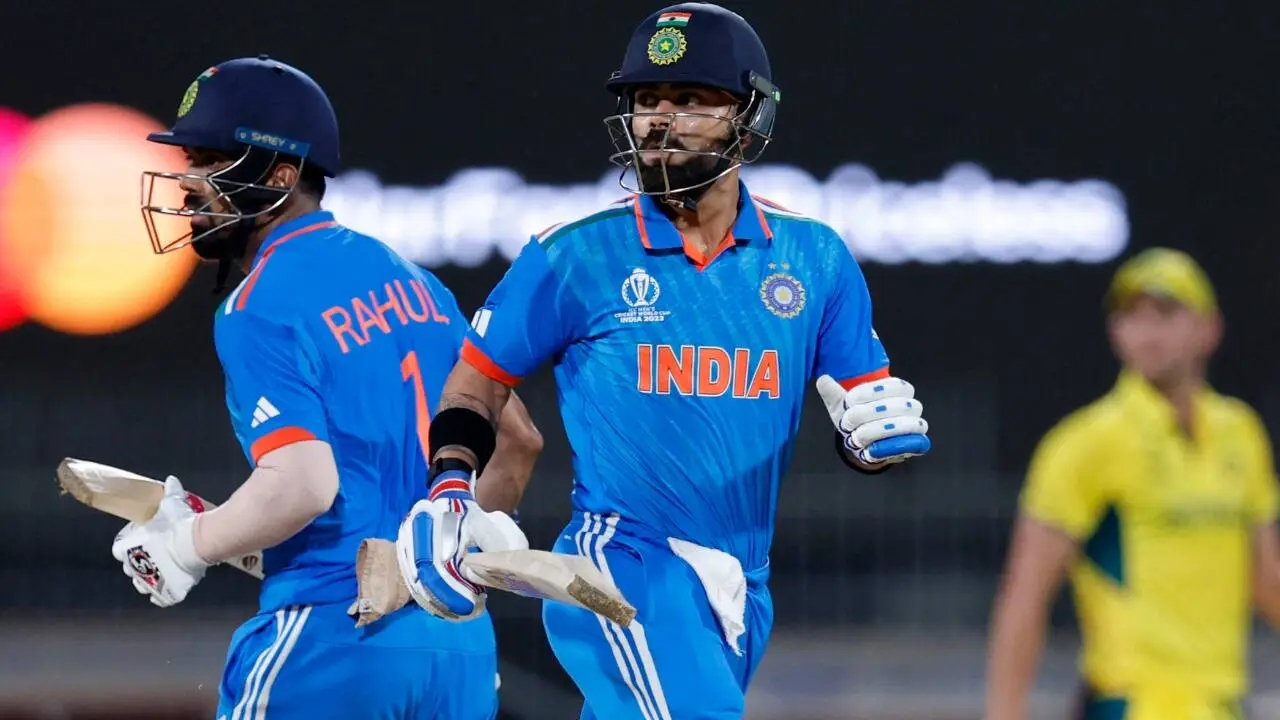
The 21st century has seen some of the most rapid changes in the history of the game, with perhaps none more so than the creation of a new format of the game, the shortest being the three-hour spectacle of Twenty20 cricket.
The advent of Twenty20 cricket, first played in county cricket in England in 2003, has brought about a great deal of innovation to the game.
To prevent big hitters and 360-degree stroke-playing batsmen from free-scoring, bowlers began to perfect a variety of different deliveries, and the quality of fielding also improved considerably.
In 2004, the first women’s Twenty20 International was played, followed the following year by the first men’s Twenty20 International, which was adopted as the third official format of the game.
In September 2007, India’s victory over Pakistan in the final of the first ICC World Twenty20 in Johannesburg attracted over 400 million TV viewers worldwide. This was the catalyst for the creation of the Indian Premier League the following year. With more Twenty20 leagues starting up around the world, modern cricketers in the 21st century are faced with playing cricket all year round.
The new century also saw the ICC introduce a “Test Championship Table” in 2001. The following year, a “One-Day International Championship Table” was introduced. These have now evolved into the official MRF Tyres ICC Team Rankings across all three formats of the game, with the leaders of the Test rankings holding the ICC Test Championship mace.
The ICC also expanded its development programme, aimed at creating more national teams capable of competing in a variety of formats. In 2004, the ICC Intercontinental Cup brought first-class cricket to 12 countries, mostly for the first time,
while the World Cricket League structure brought competitive limited-overs cricket to several new countries and memorable successes for some associate nations on the global stage, with Kenya, Ireland, Afghanistan, and the Netherlands all achieving famous victories in ICC Global Events.
Afghanistan and Ireland were rewarded for their consistent performances both on and off the field, resulting in significant growth of cricket in their respective countries, with them gaining Full Member status in June 2017, now numbering 12.
There have also been innovations on the pitch, including the introduction of the power-play in limited-overs cricket, affecting fielding restrictions, the use of two new balls in one-day internationals and the use of dug-outs for incoming batsmen in Twenty20 cricket.
There was also a huge development in Test match cricket, as the Adelaide Oval hosted the first day-night Test match between Australia and New Zealand using a specially developed pink ball.
There have been many recent technological developments in the game such as ball tracking, polishing of the stumps and bails to ensure accurate run out decisions, infra-red cameras and edge detection technology which can be used to see if the bat has struck the ball and the Duckworth–Lewis–Stern method is used to calculate targets and results in adverse weather conditions in limited overs matches.
In 2008, a new referral system, which allowed players to refer certain decisions taken on the field to the third umpire, began internationally in a series between India and Sri Lanka and became the official Decision Review System.
Please read other news:
Buy Realme 14x 5G With 6000mAH Powerful Battery, Get 128GB Rom At Budget Price
Best Petrol Cars with CVT Transmission in India : Smooth & Hassle-Free Driving Experience
Hero Splendor Plus: Constituents of Comfort and Efficiency in the Commuter Bike
Best Low Maintenance Cars for Indian Roads : Low Cost and High Peace
Panasonic 1.0 Ton Smart AC: Catch the Best Deal with a 28% Discount!
Please join our WhatsApp channel:
The Bat and Ball, The Bat and Ball, The Bat and Ball, The Bat and Ball, The Bat and Ball, The Bat and Ball, The Bat and Ball, The Bat and Ball, The Bat and Ball, The Bat and Ball
